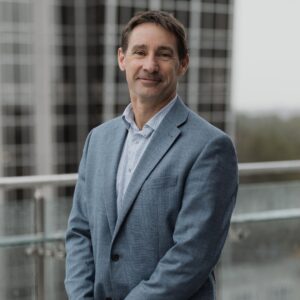The future of senior living: 2012 Environments for Aging Conference
Creating environments that appeal to the wants and needs of tomorrow’s senior market is both an art and science. Attendees can get all the information they need to master these concepts and create successful projects in one place: Environments for Aging Conference 2012.
The conference, to be held April 29 – May 1 at Disney's Contemporary Resort in Orlando, will immerse attendees in the best practices in building, architecture and design and provide the industry’s best insights into the future of senior living.
A highlight of Environments for Aging 2012 is a pre-conference workshop (Saturday, April 28) featuring the foremost thinkers in senior living. This intensive, four-hour boot camp, “Person-Environment Fit: Designs for Optimal Aging,” will examine the patterns of changes that characterize aging adults. Sessions within the workshop will cover aging and the environment by examining sensory, physiological and cognitive challenges and the relevant design concepts that maximize function for residents.
The renowned panelists for this event will include:
- Judah L. Ronch, PhD, dean of the Erickson School at University of Maryland Baltimore County, and contributor to Long-Term Living. Dr. Ronch is one of the nation’s foremost experts and a nationally acclaimed author on culture change in services for the aging and improving the lives of aging adults.
- Margaret Calkins, PhD, CAPS, EDAC, is president of I.D.E.A.S., Inc., and serves on the boards of the Pioneer Network and the American Society on Aging. Dr. Calkins has studied the impact of environments on individuals with dementia for two decades and authored the first design guide on environments for people with dementia. A sought-after expert, Dr. Calkins is an authority in the creation and evaluation of LTC settings.
- Dr. William H. Thomas, founder of Changing Aging, The Eden Alternative and Green House Project. In the 1990s, Dr. Thomas challenged the status quo of eldercare with a focus on quality of life issues and transformative environments with the foundation of The Eden Alternative, which now has affiliates in Japan, Australia, Canada and throughout Europe. His Green House Project gave birth to small, home-like alternatives to traditional nursing homes and earned a grant that supported the launch of Green House homes in 50 states. Dr. Thomas will also deliver the EFA Conference keynote address, “Toward a Radical Reinterpretation of Aging and the Built Environment,” in which he will present a “developmental” approach to aging and its implications on the architecture and design of eldercare communities.
Four additional pre-conference workshops and nearly 40 sessions will cover every aspect of the design of long-term and residential care settings. The sessions fall into seven different tracks, including:
- Codes, standards and other considerations
- Successful remodeling and repositioning
- Expanded environments for aging
- Aging-in-place
- Case studies leading change
- Future-focused models
- Roundtable discussions
Fifteen hours of continuing education units from the American Institute of Architects Continuing Education System (AIA/CES), the Interior Design Continuing Education Council (IDCEC), The National Association of Long Term Care Administrator Boards (NAB) and the National Association of Home Builders (NAHB) can be earned over the course of the conference.
Early Bird Registration for Environments for Aging 2012 has been extended to February 29. The conference presents learning opportunities geared toward:
- Architects
- Owners
- Developers
- Facilities managers
- Design professionals
- Product manufacturers
- Government officials
- Gerontologists and other aging experts
For more information on Environments for Aging 2012, click here.
I Advance Senior Care is the industry-leading source for practical, in-depth, business-building, and resident care information for owners, executives, administrators, and directors of nursing at assisted living communities, skilled nursing facilities, post-acute facilities, and continuing care retirement communities. The I Advance Senior Care editorial team and industry experts provide market analysis, strategic direction, policy commentary, clinical best-practices, business management, and technology breakthroughs.
I Advance Senior Care is part of the Institute for the Advancement of Senior Care and published by Plain-English Health Care.
Related Articles
Topics: Articles , Design











